No Tasty Talk
Marko Prezelj hiking the North Face of Triglav, the National Peak of Slovenia, in excellent winter conditions.
Effective communication between a guide and client is fundamental to their relationship and to their shared success on the objective. The more challenging the terrain, the more important this communication becomes.
Experienced guides exhibit two characteristics that ensure clear communication in risky situations. First, they speak to clients directly and calmly with a voice and demeanor that conveys the seriousness of the situation, but also instills confidence in the client that we’ve been here before and know what to do.
Second, experienced guides state the obvious. What is obvious to a mountain guide might also be obvious to a client (e.g. “the weather is good today”), but it might not be (e.g. “don’t step there, it’s loose”).
Marko Prezelj is the greatest Slovenian alpinist of my generation and has been awarded the Piolet D’Or three separate times for his cutting-edge first ascents around the world. Marko is a great mountain guide and a truly entertaining guy to hang with, but when the rope comes out it’s all business.
If the conversation strays off topic or becomes distracting, if the language isn’t clear and direct, or if the parties won’t say what they mean for fear of insult, Marko shuts it down:
“No tasty talk,” he says.
Marko’s command is especially relevant in the boardroom. Peter, Jonathan and I have spent our careers listening to insecure entrepreneurs fumble to explain the big plan miss, and to their wordy, self-absorbed investors who cannot shut up.
One of our heroes, Dick Kramlich, the founder of NEA, once told Peter that he thinks about what he says in the boardroom with a single standard in mind: will my comment or suggestion make a material impact on the company’s trajectory? If not, keep quiet.
Experienced VCs state the obvious and, no matter how uncomfortable the subject, put it in front of everyone at the table in clear, precise language. Great entrepreneurs embrace this approach and speak to their teams in the same professional manner, even when the message is painful to hear.
The result is a healthy culture in which guides and clients understand each other with fidelity and trust each other to state the obvious.

